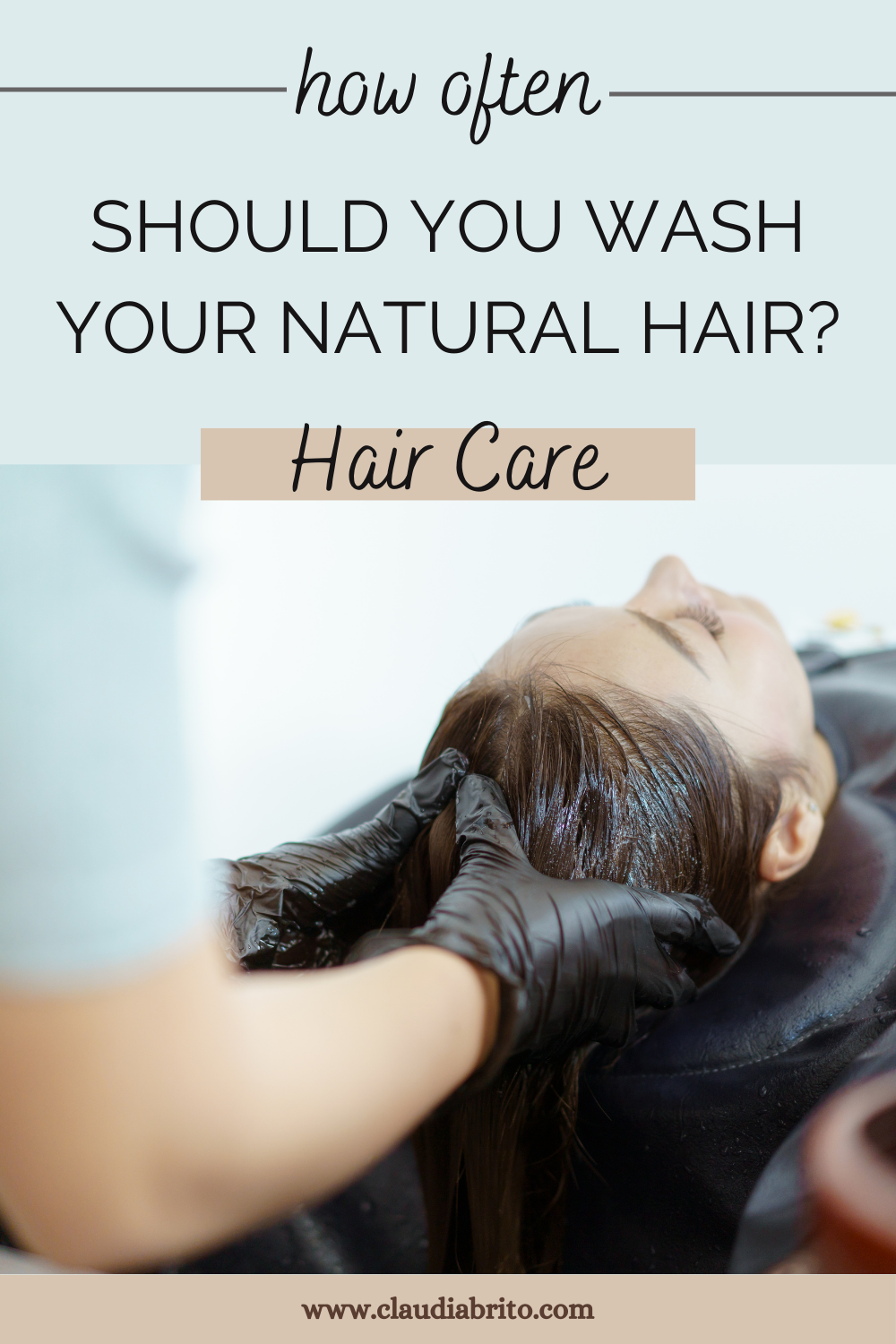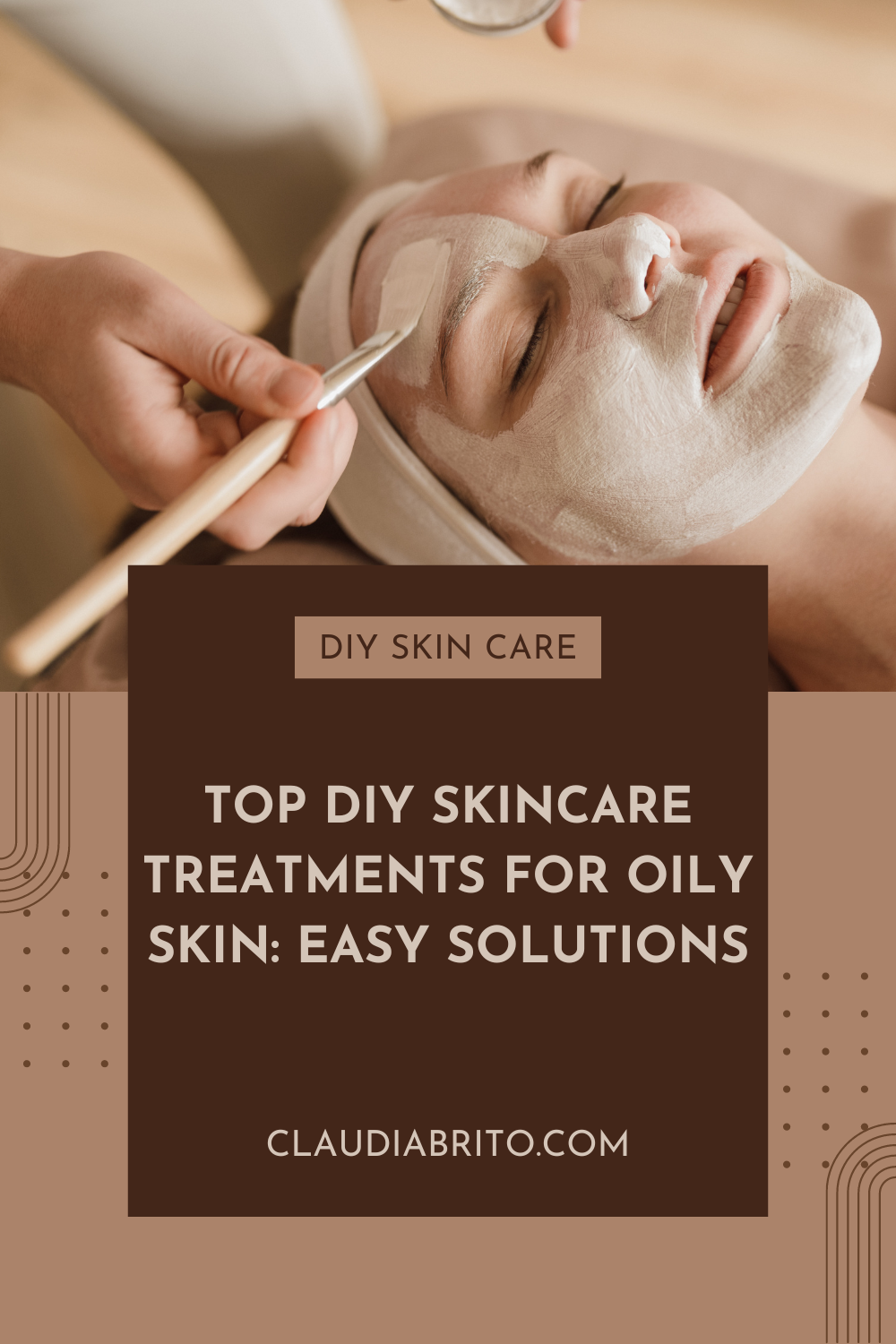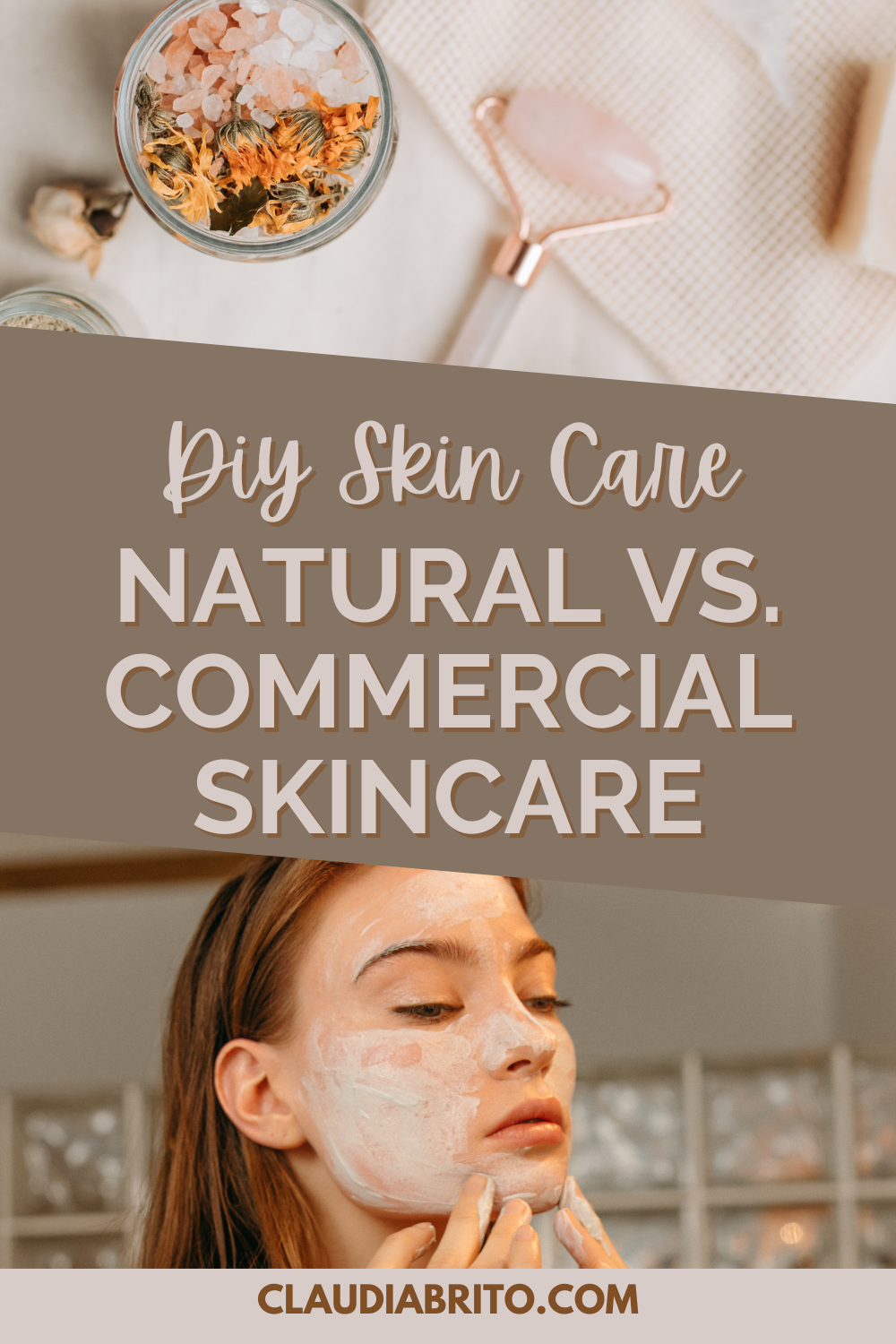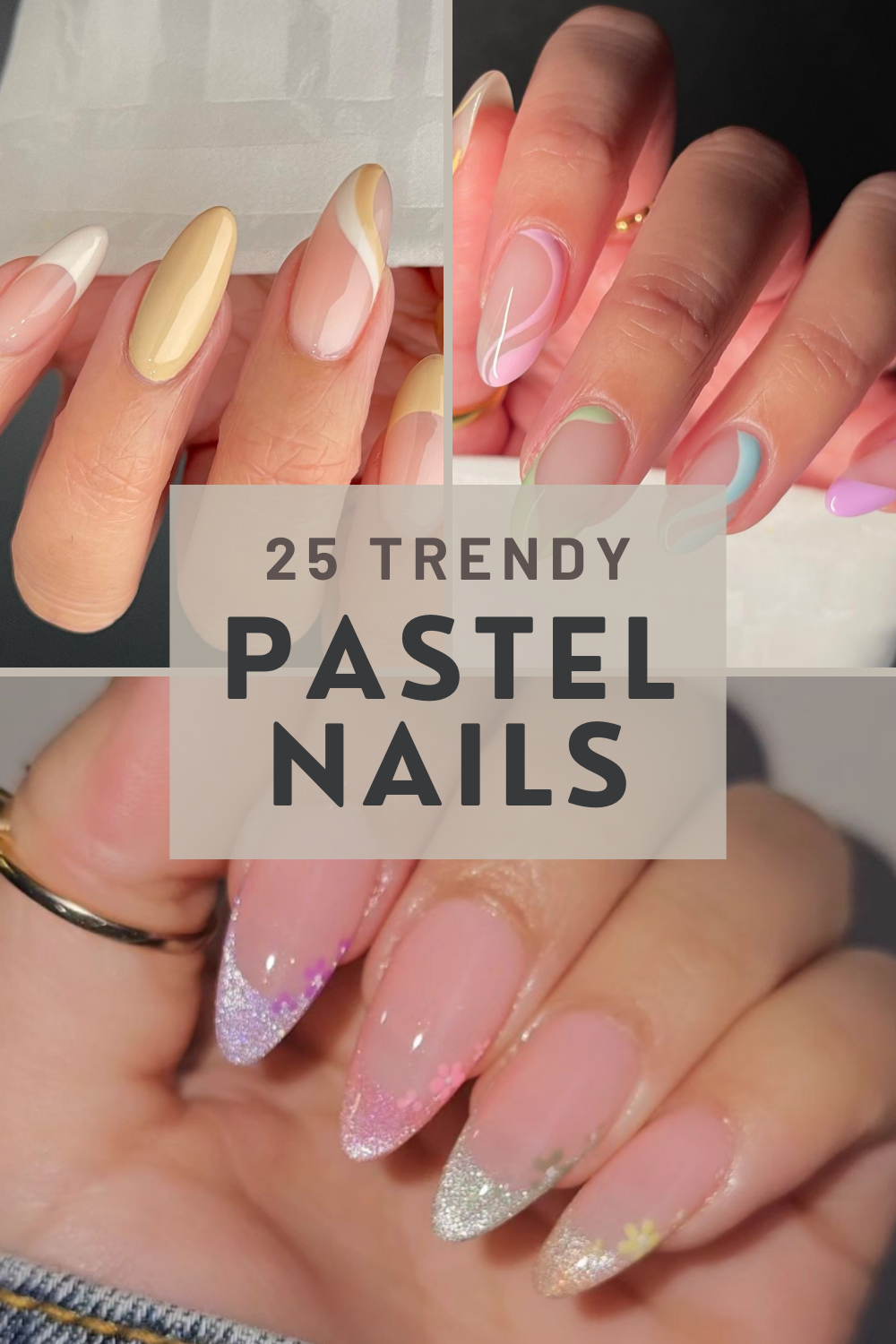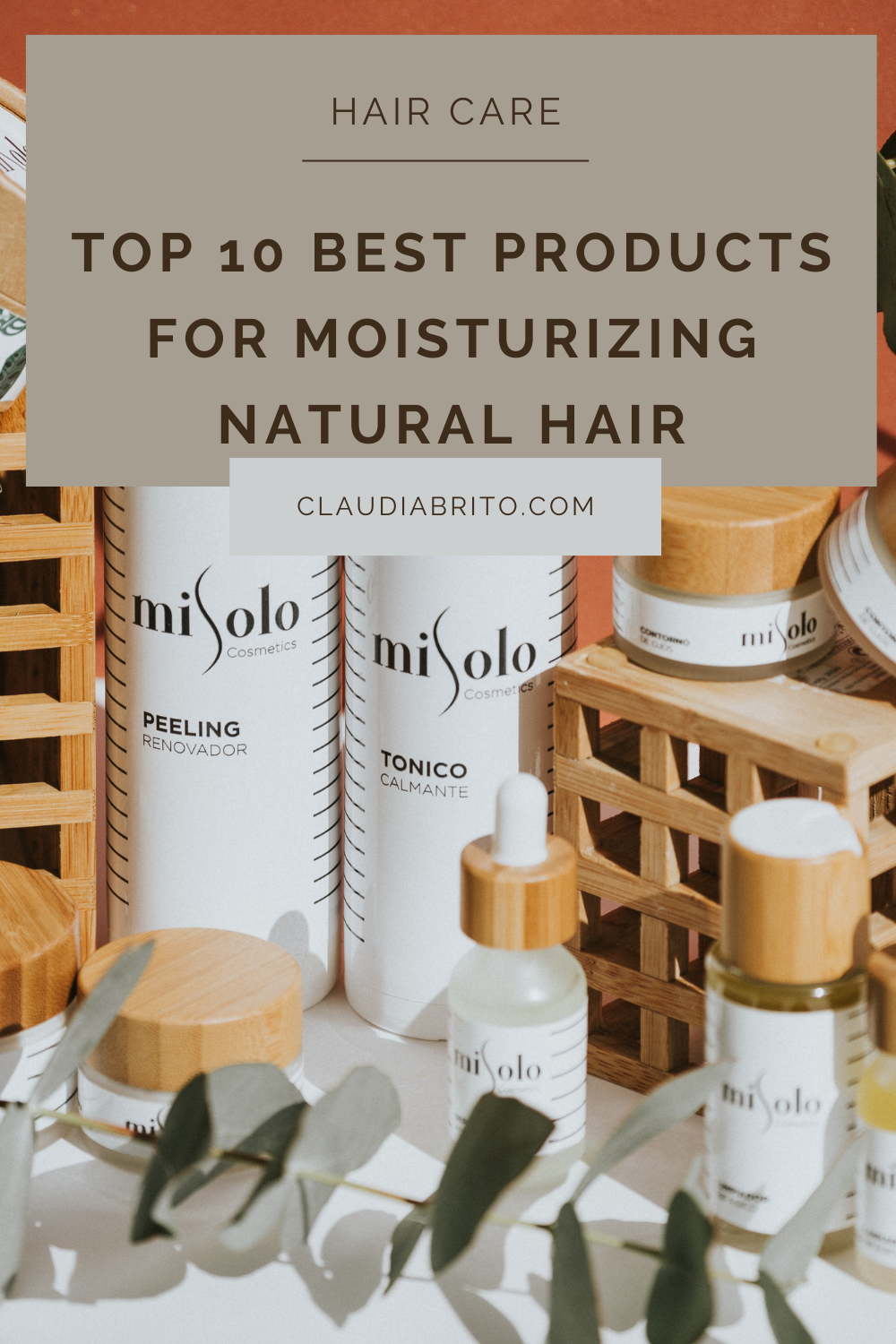Caring for natural hair requires a delicate balance of cleansing, moisturizing, and protecting its unique structure. One of the most frequently asked questions among those with natural hair is how often they should wash it. The answer varies based on factors like hair type, porosity, product usage, and lifestyle. In this guide, we’ll explore the intricacies of washing natural hair, helping you maintain healthy, vibrant locks.
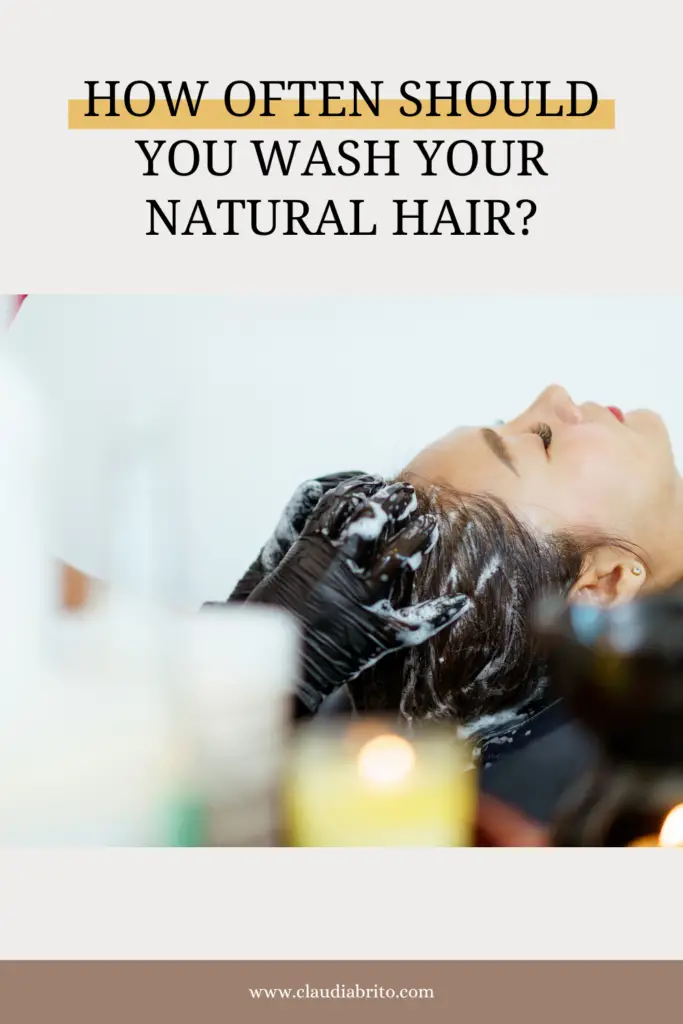
Understanding Natural Hair
Before discussing washing frequency, it’s essential to understand natural hair, also known as afro-textured hair. Typically coily, kinky, or tightly curled, natural hair has a unique structure different from straight or wavy hair types.
Hair Porosity
Hair porosity refers to how well hair absorbs and retains moisture. It can be low, medium, or high. Low porosity hair, with tightly packed cuticles, retains moisture better and may require less frequent washing. High porosity hair, with raised or damaged cuticles, loses moisture quickly and may need more frequent washing to replenish lost moisture.
Hair Density and Thickness
Hair density refers to the number of hair strands per square inch on the scalp, while thickness refers to the diameter of each strand. These factors affect how quickly hair becomes weighed down by product buildup or excess oils, influencing the ideal washing frequency.
Factors Affecting Washing Frequency
Several factors play a role in determining how often you should wash your natural hair:
Product Usage
The types of products you use and their heaviness can significantly impact washing frequency. Heavy products like gels, pomades, and hairsprays can leave residue and buildup, making your hair look dull. If you use these products regularly, you may need to wash your hair more frequently, typically once a week or every 5-7 days.
Scalp Condition
The condition of your scalp also influences washing frequency. An oily scalp may require more frequent washing to prevent excess oil from weighing down your hair. Conversely, a dry scalp may need less frequent washing to avoid stripping essential oils.
Physical Activity and Sweat
Your activity level and sweat production can impact washing frequency. If you engage in regular physical activity or live in a hot and humid climate, you may need to wash your hair more often to remove sweat and prevent odor or buildup.
Protective Styles
Wearing protective styles like braids, twists, or wigs can extend the time between washes. These styles protect your hair from environmental factors and minimize manipulation. However, it’s still essential to cleanse your scalp and hair periodically to prevent buildup.
Hair Type and Texture
Your hair type and texture also play a role. Coarser, kinkier hair textures may require less frequent washing, as they tend to be drier and more prone to moisture loss. Finer, looser curl patterns may need more frequent washing to prevent excess oil buildup and maintain definition.
Signs It’s Time to Wash Your Natural Hair
Even with general guidelines, it’s crucial to pay attention to your hair’s signals:
- Oily or greasy appearance: Excessive oil or grease indicates it’s time for a wash.
- Buildup or flakes: Product buildup or flakes on your scalp or hair strands signal the need for a thorough cleanse.
- Limp or lifeless texture: Loss of bounce and volume can be due to excess oil or product buildup.
- Unpleasant odor: A clear sign that it’s time to wash your hair.
- Excessive tangling or matting: Buildup and excess oils can cause your hair to tangle and mat more easily
Washing Techniques for Natural Hair
Proper washing techniques are essential for maintaining healthy, vibrant natural hair:
Shampoo Selection
Choose a sulfate-free, hydrating shampoo specifically formulated for natural hair. Sulfates can strip your hair of natural oils, leading to dryness and damage. Look for shampoos with moisturizing ingredients like shea butter, coconut oil, or aloe vera.
Pre-Poo and Co-Washing
Consider incorporating pre-poo treatments and co-washing into your routine. Pre-poo treatments involve applying a nourishing oil or conditioner before shampooing to protect your hair. Co-washing, or washing with a cleansing conditioner, is a gentle way to cleanse without stripping moisture.
Detangling and Sectioning
Before washing, detangle your hair gently with a wide-tooth comb or your fingers, starting from the ends and working up. Sectioning your hair can make the washing process easier and more efficient.
Scalp Massage
During washing, gently massage your scalp with your fingertips to stimulate blood flow and promote healthy hair growth.
Rinsing and Conditioning
After shampooing, rinse thoroughly with lukewarm water to remove all traces of shampoo. Follow with a deep conditioning treatment or leave-in conditioner to replenish moisture.
Drying and Styling
Avoid excessive friction and heat when drying your hair. Opt for air-drying or use a microfiber towel or t-shirt to gently blot excess moisture. Use lightweight, water-based products and avoid excessive manipulation to prevent breakage.
Maintaining Healthy Natural Hair
In addition to proper washing, incorporate these practices to maintain healthy, vibrant natural hair:
Protective Styling
Protective styles like braids, twists, or wigs minimize manipulation and protect your hair from environmental factors. These styles also help retain moisture.
Deep Conditioning
Regular deep conditioning treatments are essential for maintaining moisture and preventing breakage. Look for deep conditioners with nourishing ingredients like shea butter, avocado oil, or honey.
Trimming and Dusting
Regular trimming or dusting removes split ends and prevents breakage. Aim to trim every 8-12 weeks or as needed.
Hydration and Moisture
Keep your hair and scalp hydrated and moisturized with water-based leave-in conditioners, hair mists, and oils.
Protein Treatments
Balance moisture with protein treatments to strengthen hair strands. Look for treatments with ingredients like keratin, silk, or wheat protein.
Scalp Care
Incorporate scalp massages, exfoliation, and clarifying treatments to remove buildup, promote circulation, and maintain a balanced scalp.
Conclusion
Determining the ideal washing frequency for your natural hair requires understanding its unique characteristics and needs. Consider factors like product usage, scalp condition, physical activity, protective styles, and hair type to develop a washing routine that keeps your natural hair healthy and vibrant. Pay attention to your hair’s signals and adjust your routine as needed. With the right techniques, products, and care, you can embrace the beauty of your natural hair and enjoy its full potential.
By following these guidelines, you can maintain healthy, vibrant natural hair that looks and feels its best.
YOU MIGHT ALSO LIKE
Top DIY Skincare Treatments for Oily Skin: Easy Solutions
Oily skin can be challenging, but with the right DIY skincare treatments, you can manage excess oil and achieve a balanced complexion. Oily skin results from overactive sebaceous…
4 min read
The Magic of DIY Skincare: Natural, Cost-Effective Treatments You Can Make at Home
In recent years, the world of homemade skincare has gained immense popularity as people seek natural, cost-effective alternatives to commercial products. DIY skincare treatments offer numerous advantages, including:…
4 min read
Natural vs. Commercial Skincare: Which is Better for You?
The homemade skincare revolution is sweeping across the beauty industry. As part of a broader trend towards natural and DIY solutions, many are turning to homemade skincare products,…
4 min read
25 Trending Pastel Summer Nail Ideas You’ll Love
1. Purple Pastel Summer Nails 2. Pastel Orange Summer Nails 3. Simple Orange Pastel Summer Nails 4. Simple Flower Pastel Summer Nails 5. Colorful Pastel Summer Nails 6.…
4 min read
10 Proven Ways to Prevent Breakage and Damage in Natural Hair
Maintaining natural hair can be a rewarding yet challenging journey. One of the primary concerns for those with natural hair is preventing breakage and damage. With the right…
4 min read
Top 10 Best Products for Moisturizing Natural Hair
Natural hair can be beautifully unique, but it often requires extra care to maintain its moisture and health. Finding the right products is crucial for keeping your curls…
4 min read
